News & Bulletins
Huaxin's Viewpoint: Food Security
2020-04-23
Since June 2019, the spread of locust plague in East Africa and the Middle East, as well as the global outbreak of the new coronavirus epidemic, has directly affected the global food supply, which has created a crisis for some food importing countries. The issue of food security is directly related to social stability, and also directly affects the trend of bulk commodities and the stock prices of related companies in the financial field. On February 25, 2020, Hu Chunhua, Vice Premier of the State Council, proposed that we should be clear about the risks and hidden dangers in food production and fully implement the provincial governor responsibility system for food security. Qu Dongyu, Director General of the Food and Agriculture Organization of the United Nations (FAO), recently wrote a signed article calling on the world to take immediate action to minimize the impact of the new pneumonia epidemic on the food supply chain and prevent the public health crisis from triggering a food crisis, leading to the interruption of food supply or high food prices. On April 13, the Ministry of Agriculture and Rural Affairs, the Ministry of Finance and the People's Bank of China held a meeting to promote the four northeastern provinces and regions to fully implement the fiscal and financial policies of the central government to support agricultural production in spring, and promote stable production and supply of food and pigs. Based on comprehensive analysis, we believe that the threat to food supply comes from several aspects:
I The supply chain was interrupted due to the new crown epidemic
The outbreak of the epidemic and the isolation and closure measures taken to contain the epidemic have formed a logistics bottleneck and blocked the deeply intertwined global economic value chain. Restricted movement prevents farmers from farming and food processors from normal production. The closure of restaurants and the reduction of people's shopping have also reduced the demand for fresh agricultural products and aquatic products, affecting both producers and suppliers, especially small farmers.
Since the end of January, China has successively closed cities, stopped work and isolated areas, seriously affecting basic production factors such as labor. The complete supply chain system of the veterinary drug raw material market has been broken, and the market has been divided into regional small markets. The price of veterinary drug raw material products is distorted, and there is still a price difference between products in different regions or even in the same region.
From the perspective of fertilizer, since 2015, China has become the largest fertilizer exporter in the world, especially in Southeast Asia, which is highly dependent on China's fertilizer. However, in January and February 2020, China's fertilizer export volume fell by nearly 30% year on year. Southeast Asia is an important rice production place. This year's output will definitely be negatively affected. Similarly, agricultural production related to chemical fertilizers in the mainland will suffer more resistance than before.
At the beginning of 2020, a large-scale locust disaster has broken out in East Africa, reaching a 70 year return period in Kenya, and even approaching Xinjiang, China. An ordinary locust swarm can reach 40 million locusts, which can move 150 kilometers a day and eat food for 35000 people. According to Kenya, in the northeast of the country, only one locust swarm is 60km long and 40km wide. India has suffered a total of 400 billion locusts, and it is predicted that 30% - 50% of the grain output may be reduced. The locust plague has left 20 million people in Africa in trouble.
The reason why locusts are difficult to kill is that they have strong reproductive capacity. Although the first wave of locusts has died out naturally, they left a lot of eggs. At present, a new wave of locust plague is brewing. According to the Associated Press, the scale can reach 20 times of the previous wave. The second wave of locust plague not only posed a greater threat to the number of locusts, but also made it more difficult to eliminate them. In addition to spraying locusts by aircraft, certain personnel are required to participate in locust eradication. However, the outbreak of the new epidemic in many developing countries has increased the difficulty of locust eradication. For China, sand locusts like warm environments. When they flew to Xinjiang at the beginning of the year, the temperature in Xinjiang was low. Now, if they come back, the temperature will rise, which is beneficial to the survival of locusts and is more dangerous. Researchers from the Institute of Plant Protection of the Chinese Academy of Agricultural Sciences believe that China may enter a high-risk period of locust plague in Africa by June this year.
III Meadow armyworm
In addition to sand locusts, another imported pest has spread in the south, and it is likely that a large-scale outbreak will occur this summer. On March 5, 2020, the Ministry of Agriculture and Rural Affairs confirmed that the grassland armyworm, Spodoptera exigua, invaded China for the first time last year, and predicted that the situation would be even worse this year, with the occurrence area of about 100 million mu, far exceeding the insect infestation area of 16 million mu last year, and all provinces have the possibility of concentrated harm. As one of the top ten pests in the world, the grassland noctuid moth is called a "food killer". In recent years, it has caused damage in many countries in Asia and Africa. In some areas, corn production has decreased by 20% - 70%, which has taught us a profound lesson. The Chinese Academy of Agricultural Sciences believes that the development process of alien pests includes three stages: invasion, colonization and outbreak. In 2019, the process of invasion and colonization of Spodoptera gracilis completed in China, and it will enter the stage of outbreak in 2020. The plant protection researcher of the Chinese Academy of Agricultural Sciences predicted that the arrival time of the grassland armyworm in the Huanghuai Haixia maize area would be earlier than last year, and that June was the seedling stage of the Huanghuai Haixia maize, which was most vulnerable to the harm of the grassland armyworm. Therefore, the occurrence area of this year will certainly be larger than last year.
IV Local protectionism
Irrational hoarding combined with protectionist policies will eventually lead to a rapid rise in food prices and a positive strengthening cycle. At present, more and more countries are beginning to be alert to the food crisis, and take the lead in "hoarding" and limiting exports: On March 24, Vietnam, the world's third largest rice exporter, announced that rice exports will be banned from March 24; Kazakhstan, one of the world's largest wheat exporters, is prohibited from exporting 11 kinds of agricultural products, such as wheat and potatoes; Serbia announced a moratorium on the export of sunflower seed oil and other agricultural products; On March 28, Egypt decided to stop the export of various bean products in the next three months; On March 30, Cambodia announced that it would ban the export of white rice and rice from April 5, except for fragrant rice. At the same time, the Russian Ministry of Agriculture, an important exporter of agricultural products in the world, proposed to establish a temporary quota for grain exports. From April 1 to June 30, the export volume of wheat, rye, barley and corn should not exceed 700 tons. In addition, due to the impact of the epidemic, the soybean exports of Brazil and Argentina are also slowing down, and the exports of India, the world's largest rice exporter, are almost stagnant.
present situation
Now, some countries have declared that granaries are in urgent need. Iraq, which has suffered from years of war and low grain output, said it would need to import 250000 tons of rice and 1 million tons of wheat in the coming weeks to ensure its food reserves and provide food to its citizens. Countries such as the Philippines and Indonesia, which import rice or wheat, have also declared their granaries in emergency, saying that the stored grain can only last for three months at most, which means that if the epidemic cannot end in June, the food supply of these countries will also be in emergency. Among them, most of the rice that Filipinos usually eat comes from Vietnam.
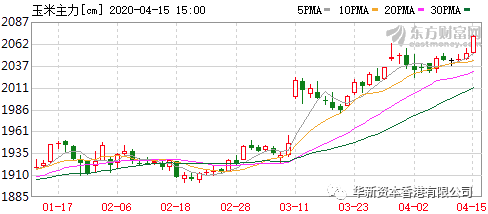
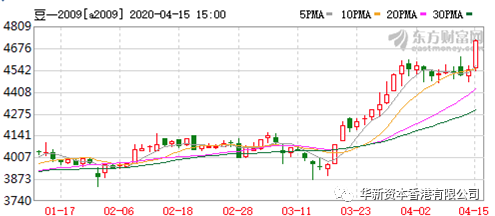


美国方面,根据芝加哥期货交易所数据,大豆期货价格半年内上涨,玉米及软红冬小麦期货价格一年内都上涨。
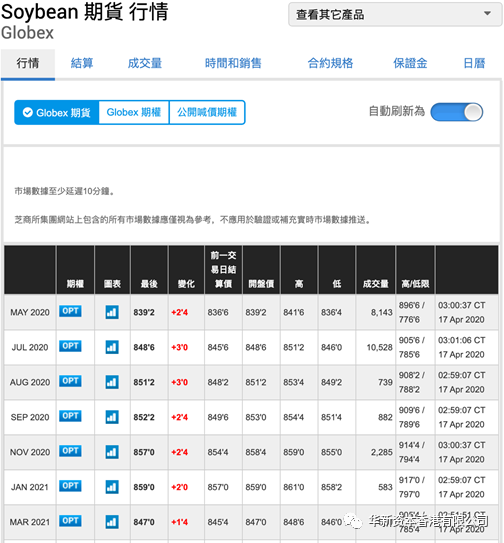
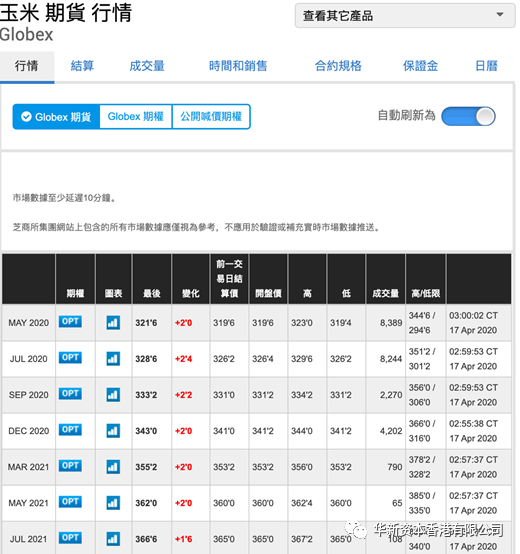
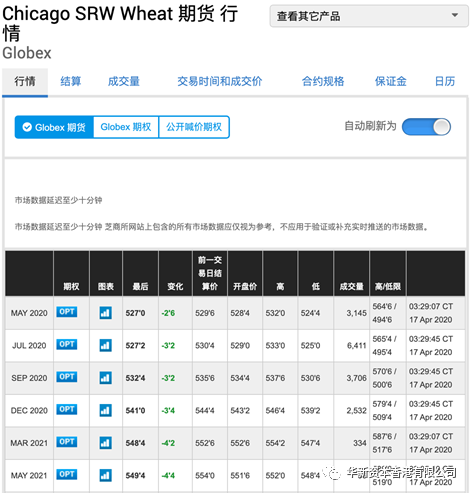
To sum up, we expect that some food importing countries, especially the underdeveloped food importing countries, are likely to experience famine. In China, thanks to the continuous improvement of the grain reserve system in recent years, the stocks of wheat, rice and other ration varieties are at the highest level in history; In addition, a considerable part of China's grain output is used for wine making and other purposes. This part of the main grain has a large adjustment space, and China is unlikely to have a food crisis. However, epidemic situation, pests, local protectionism and other factors will definitely have a negative impact on the total grain supply, and the possibility of grain price rising is very high.
